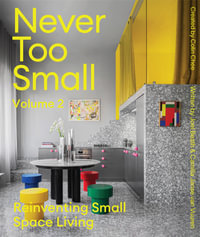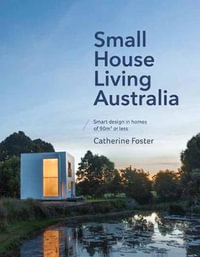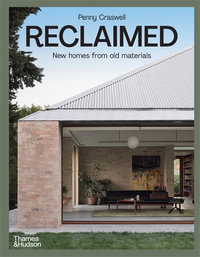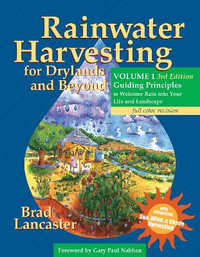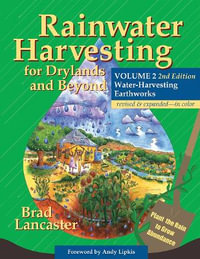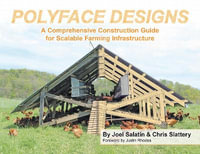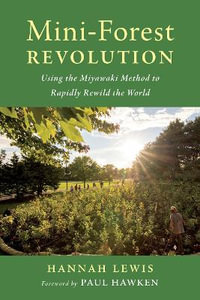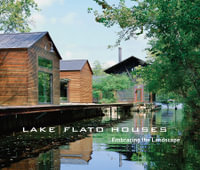
Circular Economy in Emergency Housing
Eco-Efficient Prototype Design for Suba?i Refugee Camp in Turkey and Maicao Refugee Camp in Colombia : A Research Strategy of Climate Change
By: Pilar Mercader-Moyano, Paula Porras-Pereira
Paperback | 5 July 2023
At a Glance
Paperback
$101.07
Aims to ship in 7 to 10 business days
ISBN: 9783031327728
ISBN-10: 3031327721
Series: SpringerBriefs in Climate Studies
Published: 5th July 2023
Format: Paperback
Language: English
Number of Pages: 136
Audience: Professional and Scholarly
Publisher: Springer Nature B.V.
Country of Publication: CH
Dimensions (cm): 23.39 x 15.6 x 0.74
Weight (kg): 0.2
Shipping
| Standard Shipping | Express Shipping | |
|---|---|---|
| Metro postcodes: | $9.99 | $14.95 |
| Regional postcodes: | $9.99 | $14.95 |
| Rural postcodes: | $9.99 | $14.95 |
How to return your order
At Booktopia, we offer hassle-free returns in accordance with our returns policy. If you wish to return an item, please get in touch with Booktopia Customer Care.
Additional postage charges may be applicable.
Defective items
If there is a problem with any of the items received for your order then the Booktopia Customer Care team is ready to assist you.
For more info please visit our Help Centre.
You Can Find This Book In
This product is categorised by
- Non-FictionArts & EntertainmentArchitectureArchitectural Structure & DesignEnvironmentally-Friendly Architecture & Design
- Non-FictionSociety & CultureSocial Issues & ProcessesHousing & Homelessness
- Non-FictionEconomicsEconomic Systems & Structures
- Non-FictionEngineering & TechnologyCivil EngineeringBuilding Construction & MaterialsHeating
- Non-FictionEngineering & TechnologyEnvironmental Science

